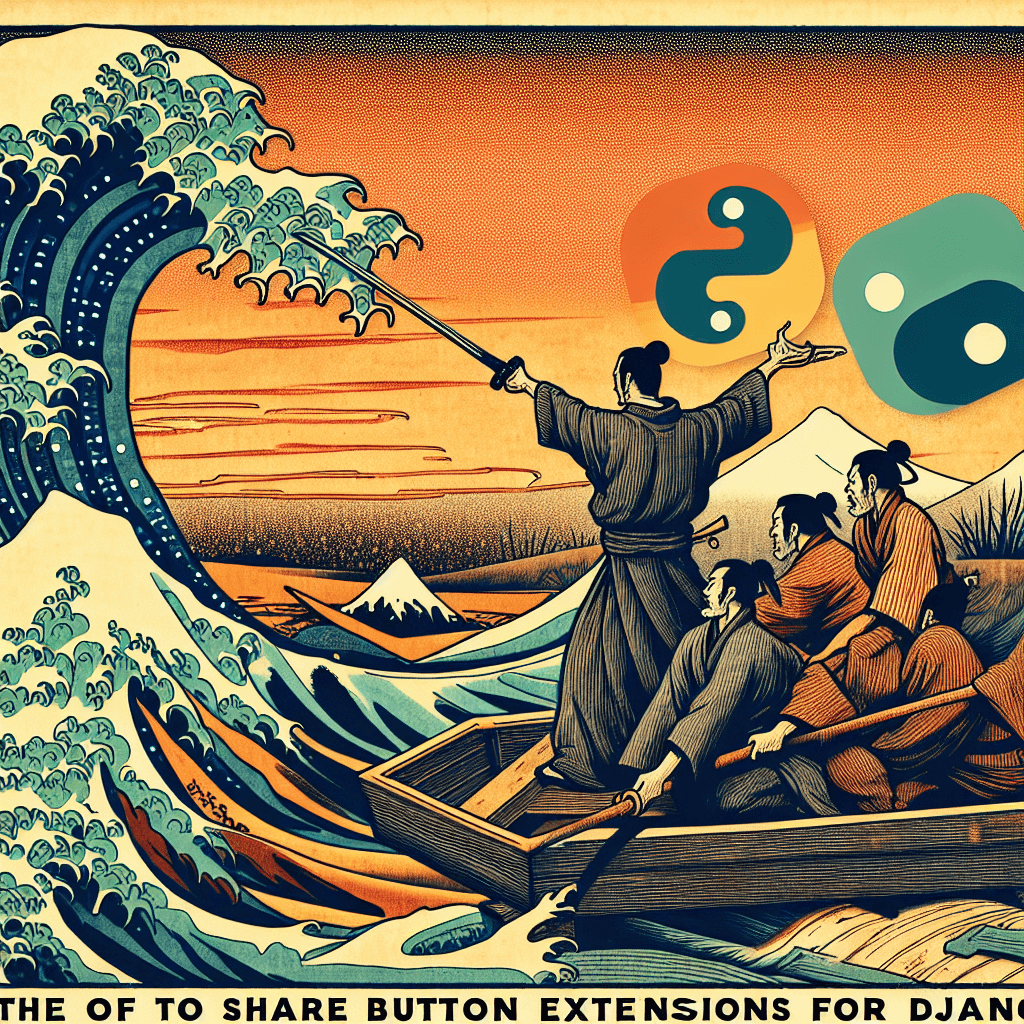How to Pay Users Using PayPal's API
syndu | Aug. 14, 2023, 6:15 p.m.

How to Pay Users Using PayPal's API
Hello, dear reader. In today's digital age, making payments online has become a breeze, thanks to services like PayPal. In this blog post, we will explore how you can pay users using PayPal's API.
Step 1: Create a PayPal Developer Account
Before you can start making payments, you need to create a PayPal Developer account. This account is separate from your regular PayPal account and is where you'll get the API credentials needed to make payments.
Visit the PayPal Developer website and follow the prompts to create a new account.
Step 2: Create a REST API App
Once you've created your developer account, you'll need to create a REST API app. This can be done through the PayPal Developer dashboard. When creating your app, you'll be asked to choose a sandbox account to use for testing.
After creating the app, you'll be given a set of API credentials, including a client ID and secret. Keep these safe, as you'll need them to make API calls.
Step 3: Set Up Your Server
Next, you'll need to set up your server to make API calls to PayPal. This involves installing the PayPal SDK, which can be done using pip:
pip install paypalrestsdkThen, configure the SDK with your API credentials:
import paypalrestsdk
paypalrestsdk.configure({
"mode": "sandbox", # sandbox or live
"client_id": "YOUR_CLIENT_ID",
"client_secret": "YOUR_CLIENT_SECRET"
})
Step 4: Make a Payment
Now you're ready to make a payment. With PayPal's API, you can make a payment by creating a `Payment` object and calling its `create` method:
payment = paypalrestsdk.Payment({
"intent": "sale",
"payer": {
"payment_method": "paypal"
},
"redirect_urls": {
"return_url": "http://localhost:3000/payment/execute",
"cancel_url": "http://localhost:3000/payment/cancel"
},
"transactions": [{
"item_list": {
"items": [{
"name": "item",
"sku": "item",
"price": "5.00",
"currency": "USD",
"quantity": 1
}]
},
"amount": {
"total": "5.00",
"currency": "USD"
},
"description": "This is the payment description."
}]
})
if payment.create():
print("Payment created successfully")
else:
print(payment.error)
In this code, replace "YOUR_CLIENT_ID" and "YOUR_CLIENT_SECRET" with your actual client ID and secret.
Remember, this is a basic example. Depending on your needs, you may need to customize this code to handle different payment scenarios.
And that's it! You've now set up your Django project to make payments using PayPal's API. Remember to thoroughly test your payment system before going live to ensure everything works as expected.
Happy coding!





